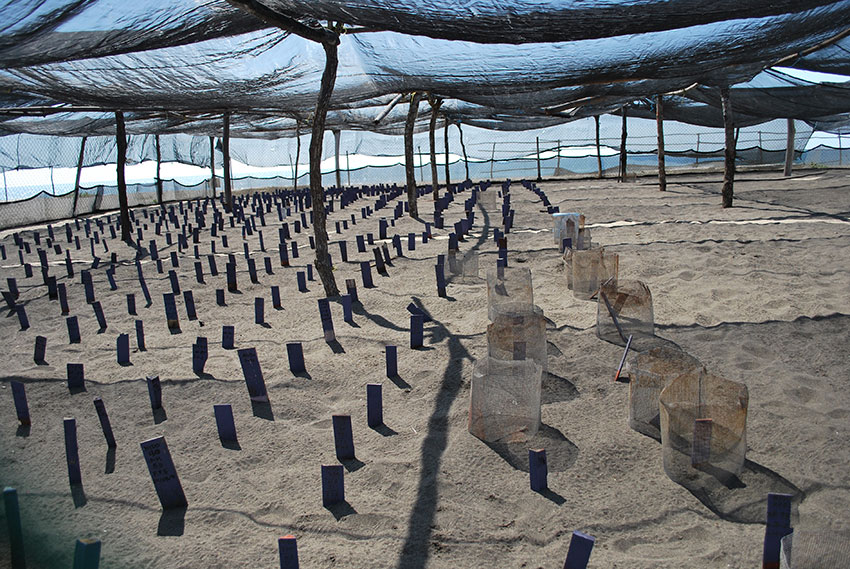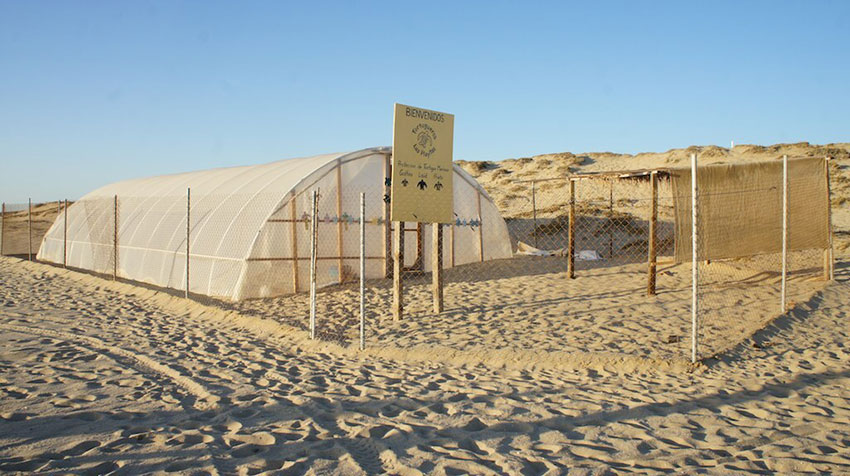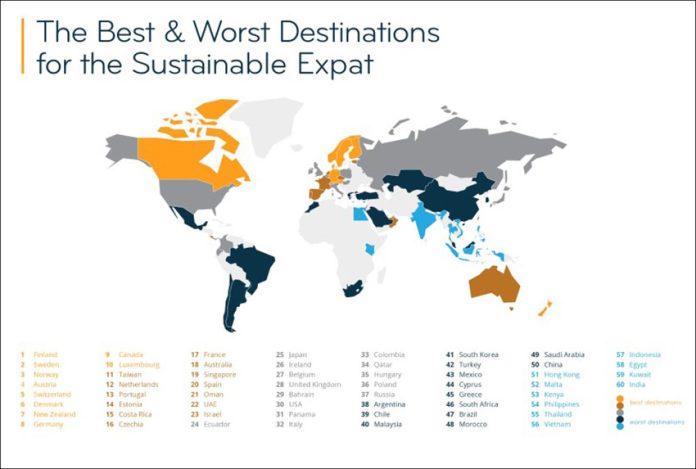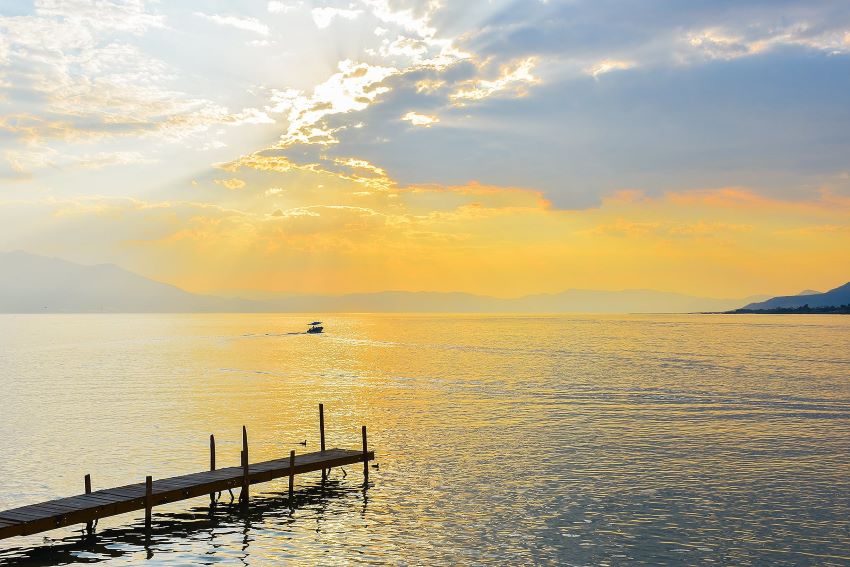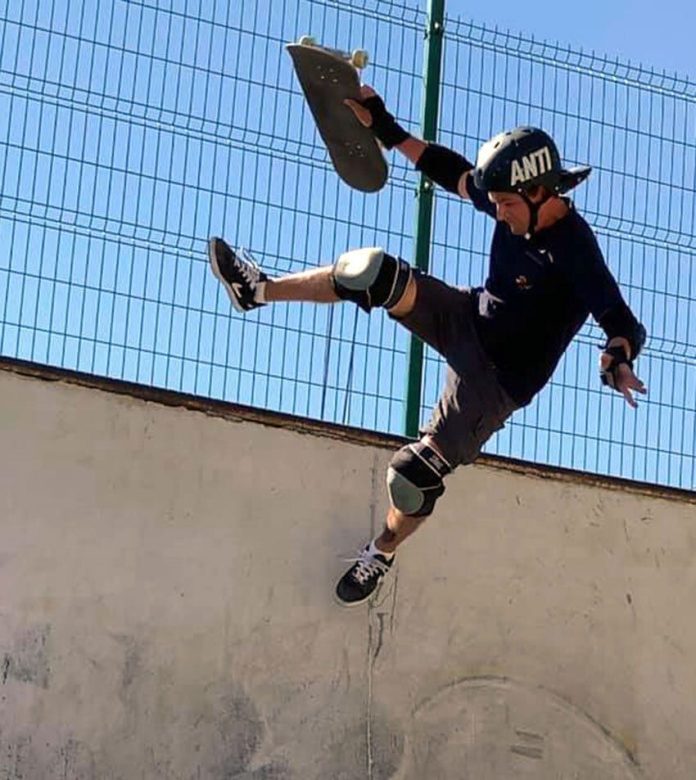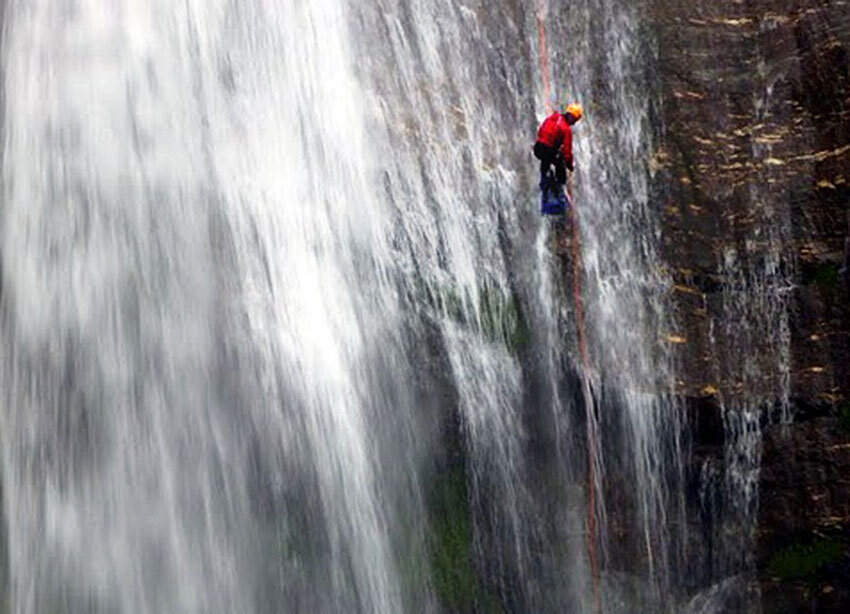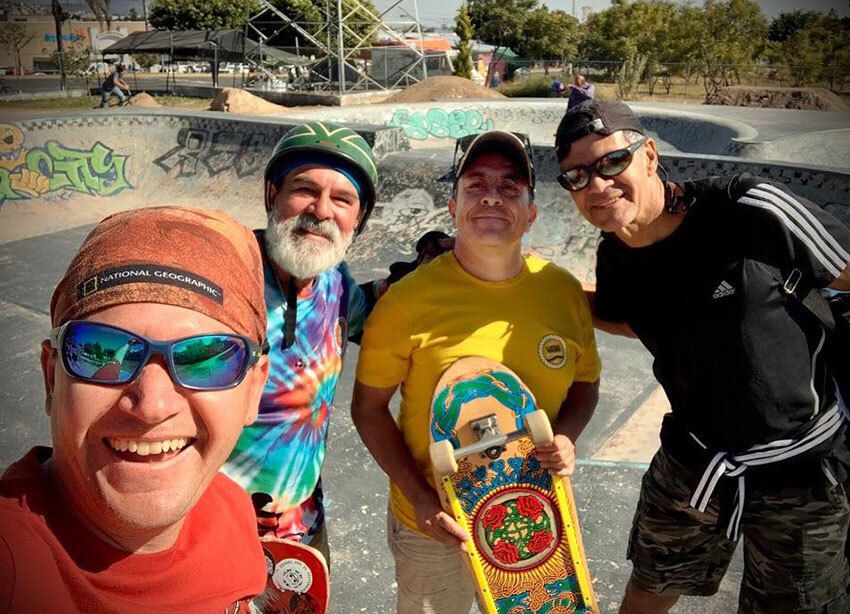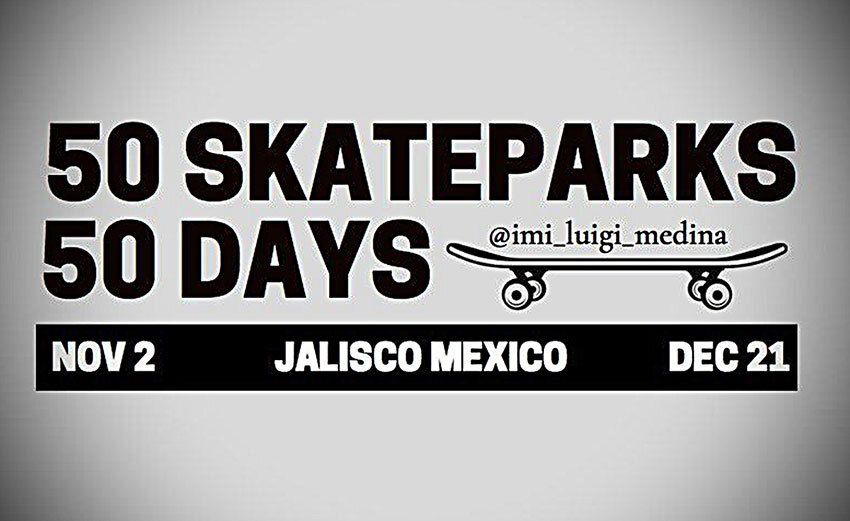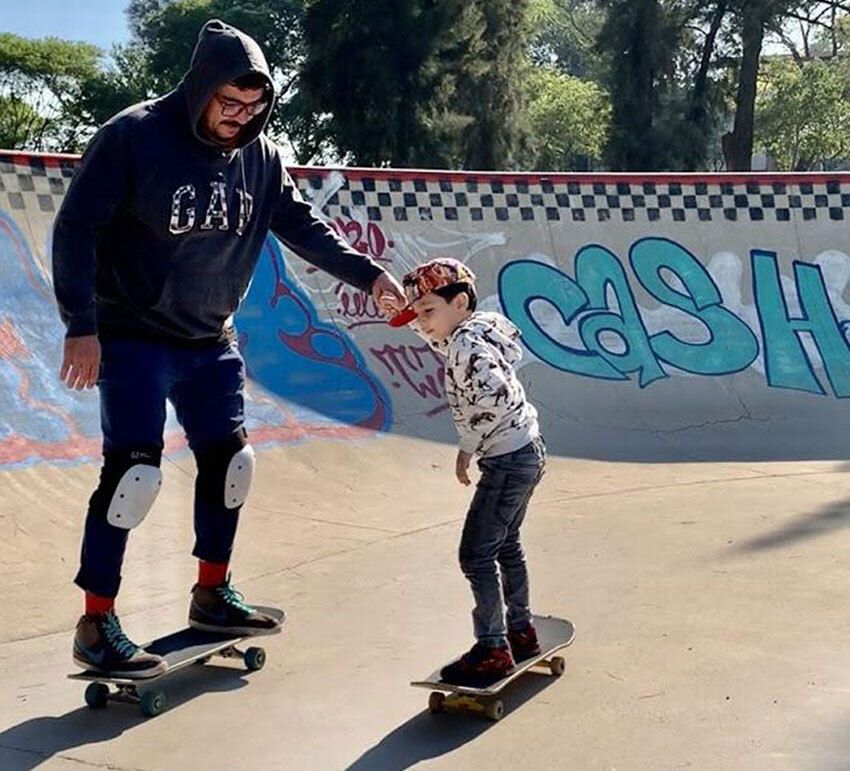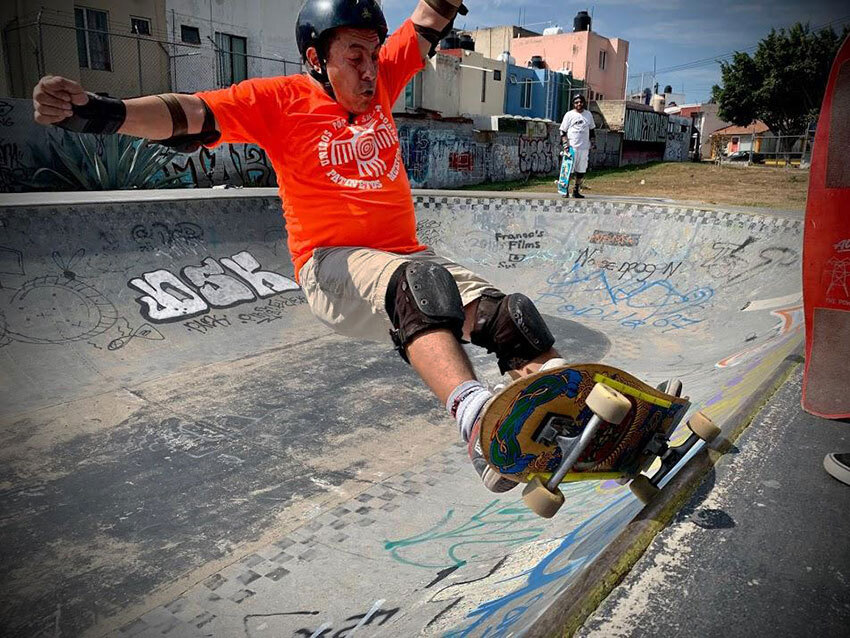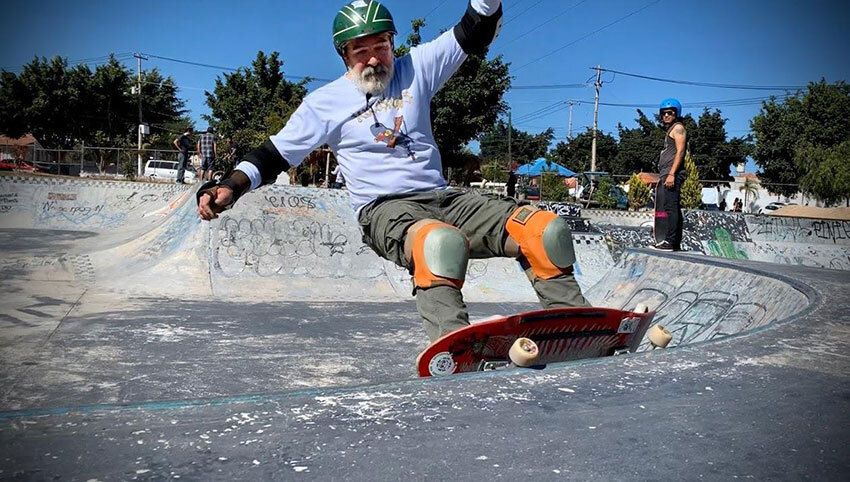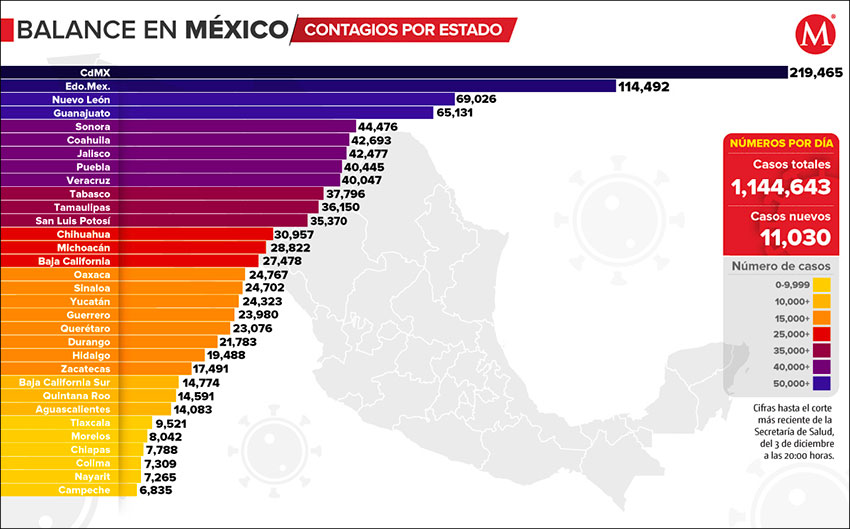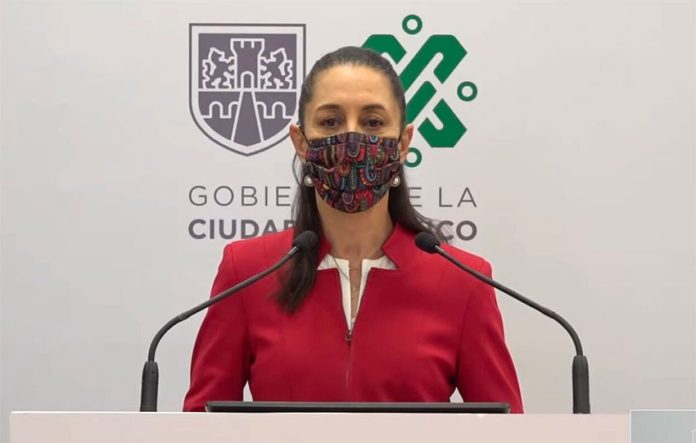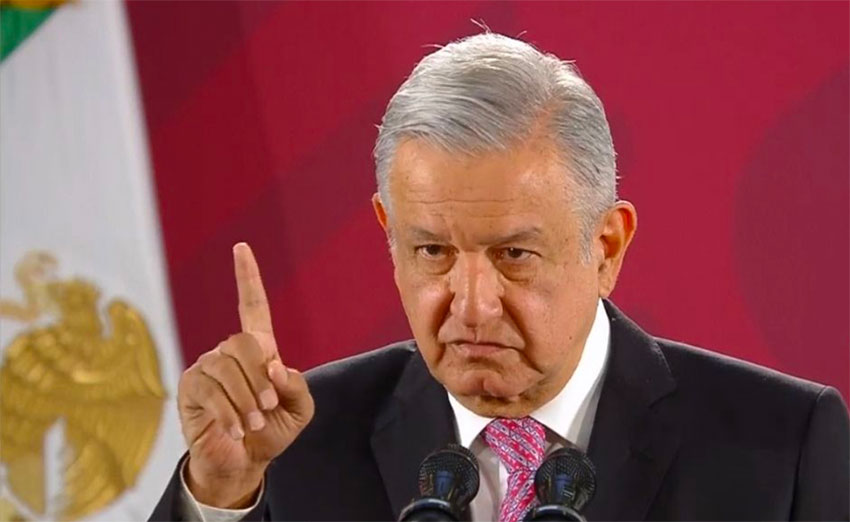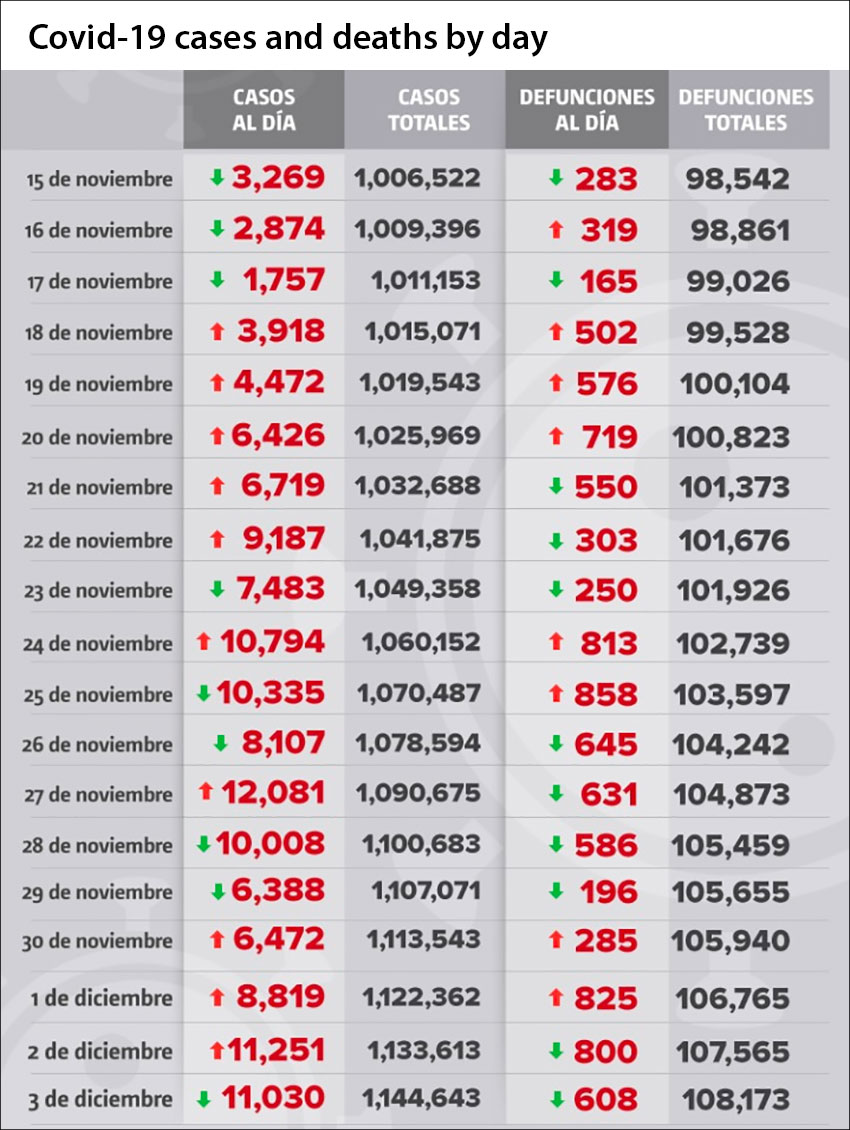Three parties from across the political spectrum have formed a coalition to challenge the ruling Morena party at the 2021 elections, according to the newspaper Reforma.
The National Action Party (PAN), the Democratic Revolution Party (PRD) and the Institutional Revolutionary Party (PRI) will field common candidates in up to half of Mexico’s 3o0 electoral districts, say three sources involved in the inter-party negotiations who spoke to Reforma.
The federal midterm election, to be held on June 6, 2021, will renew the entire lower house of Congress, which has 500 seats, 300 directly elected and 200 by proportional representation.
Morena, founded as a political party by President López Obrador in 2014, currently occupies 251 seats in the Chamber of Deputies while its coalition partners hold an additional 81.
The three-party alliance will also field common candidates in some state gubernatorial elections, Reforma said, reporting that there are already preliminary agreements to do so in Baja California Sur, San Luis Potosí, Sonora, Colima and Tlaxcala.
The conservative PAN and the leftist PRD, which López Obrador represented at the 2006 and 2012 presidential elections, ran on a joint ticket at the 2018 elections, nominating Ricardo Anaya in the presidential race.
The PRI, Mexico’s ruling party for most of the 20th century and in power federally from 2012-18, was the senior partner in a coalition that also included the Ecological Green Party of Mexico and the New Alliance party. The coalition’s presidential candidate at the 2018 election, former cabinet minister José Antonio Meade, attracted just 16% of the vote.
One of the sources who spoke with Reforma said the new three-party alliance will be a “flexible coalition” fielding common candidates in at least 100 districts.
The PAN and the PRD agreed to join forces three weeks ago and the PRI decided to come on board more recently, Reforma said.
“The news is the incorporation of the PRI,” said one source, adding that party president Alejandro Moreno, a former governor of Campeche, had “allowed his arm to be twisted” and agreed to join the coalition.
“He had asked for the support of the PAN and the PRD to nominate a [PRI] candidate for governor of Campeche but the PAN didn’t agree. At the last minute, Alito [Moreno’s nickname] agreed [to join] the alliance.”

A group of 17 former PAN governors known as Unidos por México offered their support for the alliance, saying in a letter to party bureaucrats that “defeating a populist government” and winning a majority in the lower house of Congress will require the united work of the opposition parties.
PAN Governor Javier Corral of Chihuahua said this week that he believed that a lot of the party’s members and supporters would support an alliance with the PRI because they are determined to defeat López Obrador’s Morena.
A poll he posted to his Twitter account on Thursday supported that view.
“This weekend the National Action Party will decide if it will join an electoral coalition with the PRI and the PRD for the renewal of the Chamber of Deputies in 150 districts. It’s one of the most important decisions in [the party’s] entire history. What do you think?” Corral asked.
As of Saturday morning, just under 89% of more than 33,000 respondents said that they were in favor of the PAN joining a coalition with the other opposition parties.
“I’m very surprised,” Corral told Reforma in a telephone interview, saying that he had “a lot of doubts” about whether forming an alliance with the PRI was a good idea.
“The big question is with which PRI you’re going to unite, in which states. I can’t stop thinking about Peña Nieto, the Duartes,“ Corral said, referring to former president Enrique Peña Nieto, who led a corruption-plagued government from 2012-2018, and the ex-governors Javier Duarte of Veracruz and César Duarte of Chihuahua, both of whom are in custody and facing corruption charges.
“With which PRI are we going to end up allying ourselves? For the first time I’m in a very complicated situation, it’s a very tricky debate.”
Corral said PAN supporters’ acceptance of an alliance with the PRI — a historical rival — was a reaction to polarization and division created by the president.
He said it was understandable considering “the magnitude of the discord, hate and fear spread by López Obrador.”
“The dynamic of polarization has had the objective of dividing and reducing the country into two visions, two blocs, with him or against him.”
Source: Reforma (sp)



